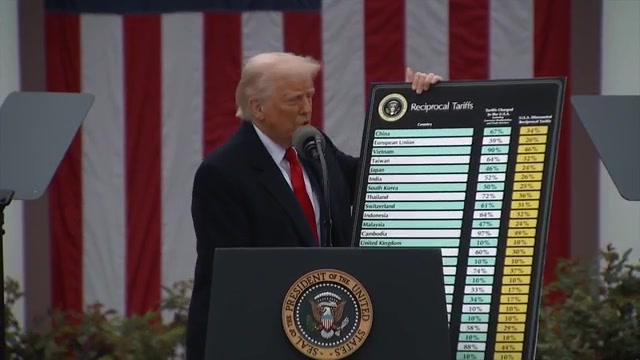Trump’s 2026 Budget Proposal: Key Highlights and Implications
Overview of the Proposal
The White House has unveiled President Donald Trump’s 2026 budget proposal, which outlines significant cuts to various government programs. This proposal reflects the administration’s priorities during its initial months back in office, following a notable reshuffling of federal personnel.
Major Cuts to Domestic Programs
Trump’s budget seeks to reduce federal spending by approximately $163 billion, equating to a 22.6% cut from current levels. The sectors most impacted include:
- Child care and education initiatives
- Disease research funding
- Renewable energy projects
- International peacekeeping efforts
This budget is aligned with initiatives led by Elon Musk’s Department of Government Efficiency, aiming to minimize or eliminate “woke programs” and reduce the size of the Internal Revenue Service (IRS).
Increased Defense and Security Spending
Contrasting the cuts to domestic programs, the proposal allocates an additional $113.3 billion to the Defense Department. Homeland Security would receive a $42.3 billion boost, with Congress tasked to approve a larger bill that would include these funding increases.
Speaker of the House Mike Johnson praised the plan as a “bold blueprint” reflecting the priorities of hardworking Americans, while critics from the Democratic Party expressed concern regarding the devastating impact of such cuts on essential services for the middle class.
The Economic Context
Despite concerns raised by Wall Street analysts about a potential economic downturn linked to rising tariffs and a trade war, Trump asserted in a recent interview that the economy is on a robust trajectory, stating, “I tell you something else. Some people on Wall Street say that we’re going to have the greatest economy in history.”
Budget Approval Process
While budget proposals serve as a starting point for fiscal discussions, the responsibility of finalizing these plans rests with Congress. Lawmakers are currently engaged in drafting Trump’s wider legislative package, which includes tax cuts, spending reductions, and funding for mass deportation efforts.
Significant Cuts to Key Departments
The proposal details drastic budget cuts for several federal departments:
- The State Department would face an 84% reduction, receiving only $9.6 billion.
- The Department of Health and Human Services would see a $33.3 billion decrease.
- The Education Department’s budget would be slashed by $12 billion, impacting crucial educational programs.
These reductions signify a broader strategy to restructure federal funding priorities, reflecting the current administration’s focus.
Projected Outcomes and Future Implications
With national debt nearing $36 trillion, fiscal responsibility is under tight scrutiny. Advocates call for a budget that emphasizes sustainability and reduces borrowing while maintaining essential services. Critics argue that prioritizing tax breaks for wealthy individuals at the expense of social programs undermines the economic stability of the working class.
As Congress navigates these budgetary waters, the priorities set forth in Trump’s proposal will likely shape the fiscal landscape for years to come.

